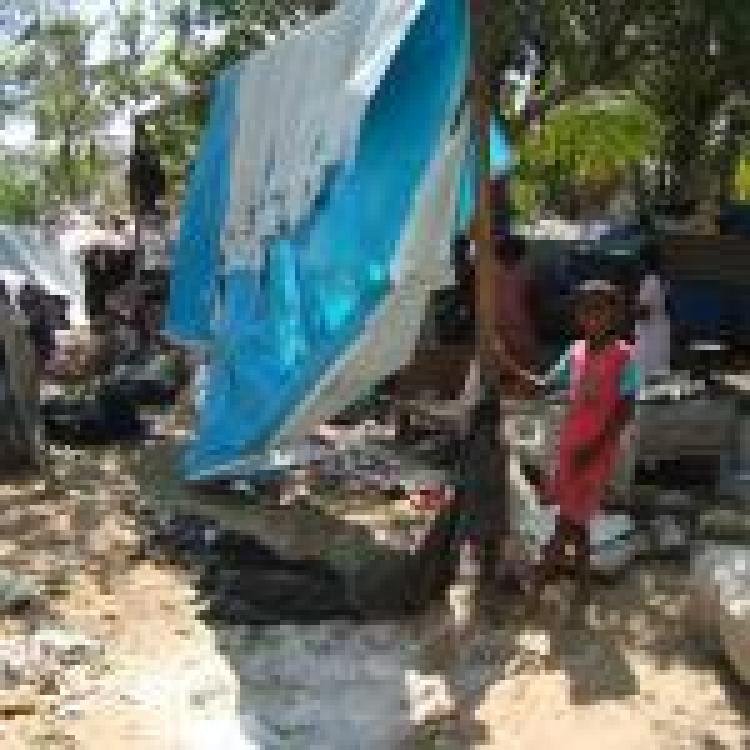.jpg)
The Sri Lankan military announced the establishment of a new “Drone Regiment” this week, as it was deployed in parts of the island where the armed forces have been arresting those it claims have been breaking coronavirus lockdown regulations.
Shavendra Silva, the war crimes accused head of the army, was the chief guest at a military ceremony on Thursday where the newly acquired drones were showcased.
“The new 15th Drone Regiment in the Sri Lanka Artillery is well-equipped with high-tech cameras that enable operations within short & medium distances and quadcopters with observation cameras for surveillance purposes in military or non-military applications,” said an official military website.
The announcement came just hours before Sri Lankan police reported at least 20 people have been arrested for breaking lockdown regulations, after having been surveilled using the military’s drones.
.png)
Police Spokesperson DIG Ajith Rohana said the drones would monitor any “illegal movements” within the isolated areas. Sri Lanka’s Air force Spokesman Group Captain Dushantha Wijesinghe confirmed it had deployed three teams and six to ten drones for the police operation. The official air force website posted updates of a Bell 212 helicopter flying across the Western province and transmitting information “in real time to ground units operated by the Sri Lanka Police and the Special Task Force (STF) to arrest those who are not adhering to isolation rules and guidelines”.
.png)
The Sri Lankan army said that the new drone regiment “would provide a tactical platform for operational level surveillance, precision target acquisition, engagement, post-battle damage assessment capabilities and also to assist disaster mitigation and nation-building efforts”.
The new division is an expansion of the Sri Lankan military’s well established use of drones, or Unmanned Aerial Vehicles (UAVs). During the armed conflict, and in particular during the final phase which saw tens of thousands of Tamils killed, UAVs were extensively used by the military during its offensive.
.jpg)
According to the Report of the OHCHR Investigation on Sri Lanka, “the repeated use of UAVs was confirmed by many witnesses who noted that the shelling often occurred shortly after the drones had been seen”. Hospitals were frequently hit by Sri Lankan shelling, as Sri Lankan commanders boasted of their use of UAVs, calling them a “luxury”.
“Notwithstanding the continuous surveillance using aircraft and UAVs, these locations were subjected to repeated artillery and aerial attacks as the hostilities intensified, causing deaths and damage to the infrastructure,” said the OISL. “As a result the staff, patients and equipment were forced to relocate, in some cases multiple times.”

